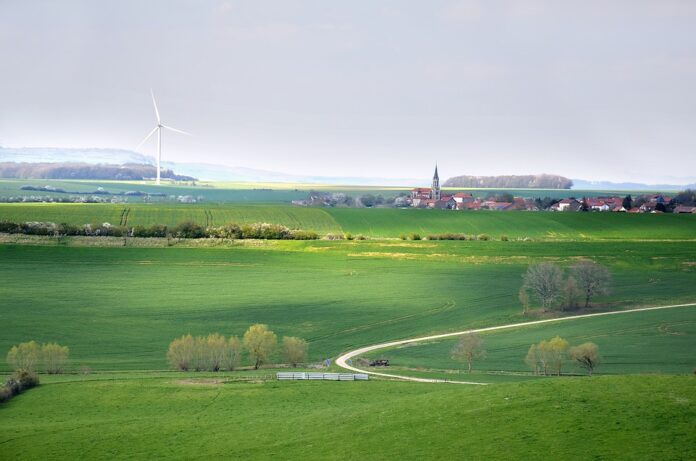Green Living: How Eco-Friendly Homes are Changing the Housing Landscape
In our modern world, the importance of sustainability and eco-friendliness has become more apparent than ever before. As a result, the housing industry has seen a significant shift towards building homes that are not only aesthetically pleasing but also environmentally friendly. These eco-friendly homes are changing the housing landscape in remarkable ways, from design and construction to energy efficiency and overall impact on the environment.
Building with Sustainability in Mind
One of the key principles of eco-friendly homes is sustainability. Builders are now using environmentally friendly materials such as recycled wood, bamboo, and reclaimed stone to reduce the carbon footprint of construction. Additionally, many eco-friendly homes are built with energy-efficient features such as solar panels, geothermal heating and cooling systems, and smart home technology to reduce energy consumption and lower utility costs.
Designing with Nature in Mind
Eco-friendly homes are often designed with the surrounding environment in mind. Architects and builders are using passive solar design, natural ventilation, and green roofs to maximize energy efficiency and reduce the home’s impact on the environment. By blending the home with nature, eco-friendly homes create a harmonious living space that is both beautiful and sustainable.
Promoting Health and Well-being
Another benefit of eco-friendly homes is the focus on indoor air quality and overall health and well-being. Many eco-friendly homes are built with non-toxic materials, low-VOC paint, and advanced ventilation systems to improve indoor air quality and promote a healthy living environment. Additionally, features such as daylighting, natural ventilation, and access to outdoor spaces can improve mental health and overall well-being for occupants.
Reducing Energy Consumption
One of the most significant benefits of eco-friendly homes is their reduced energy consumption. By incorporating energy-efficient features such as solar panels, high-efficiency appliances, and advanced insulation, eco-friendly homes can drastically reduce energy bills and carbon emissions. This not only benefits the homeowner but also contributes to a more sustainable future for our planet.
Creating a Sustainable Future
Eco-friendly homes are not just a trend but a necessary shift towards a more sustainable future. By building homes that are energy-efficient, environmentally friendly, and promote health and well-being, we can reduce our impact on the environment and create a better world for future generations. The housing industry is evolving to meet the demands of eco-conscious consumers, and eco-friendly homes are leading the way in changing the housing landscape for the better.
In conclusion, eco-friendly homes are revolutionizing the housing industry by placing a greater emphasis on sustainability, design with nature in mind, promoting health and well-being, reducing energy consumption, and creating a sustainable future. As more and more homeowners prioritize eco-friendly living, we can expect to see a continued shift towards green building practices that benefit both the environment and the occupants of these innovative homes.
Frequently Asked Questions
1. What are some common features of eco-friendly homes?
Some common features of eco-friendly homes include energy-efficient appliances, solar panels, green roofs, natural ventilation, and sustainable building materials.
2. How can eco-friendly homes benefit the environment?
Eco-friendly homes can benefit the environment by reducing energy consumption, lowering carbon emissions, and promoting sustainable building practices that minimize the impact on natural resources.
3. Are eco-friendly homes more expensive to build?
While eco-friendly homes may have a higher upfront cost, they can ultimately save homeowners money in the long run through lower energy bills, reduced maintenance costs, and increased property value.

